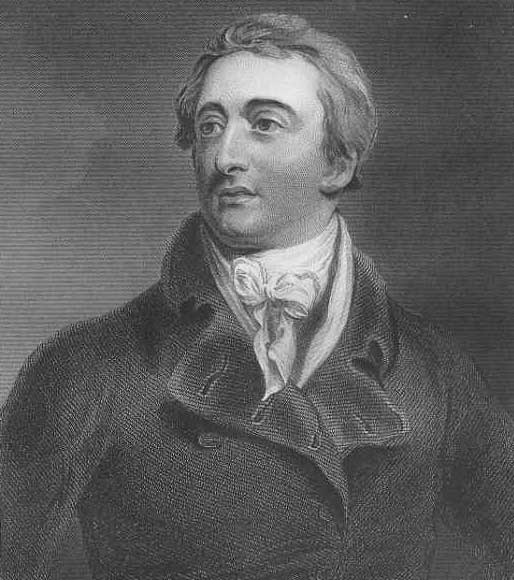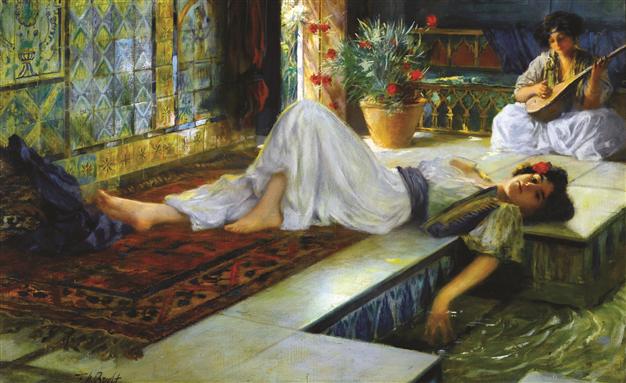The fledgling American Navy plays an accidental but significant role in the life of Captain Kit Hardacre, the hero of Captive Of The Corsairs, and a direct one in the life of Samuel Cappleman, cousin of heroine Sophia Green.
“Will someone tell me what happened?” she demanded.
One of the officers from the Triumphant introduced himself. He looked exhausted, a man who in truth had not slept for nearly three days.
“Pirates, ma’am. We were two days out from Palermo when we saw them. They were gaining on us and fired across our bow. We did our best to outrun them, but they were firing volleys. If it wasn’t for the American ship showing up, we’d all be dead or chained to the oars by now.”
The United States Navy and Marines were officially founded in 1775 by the 13 colonies that governed the US during the American Revolution. The job of the Marines was to conduct ship-to-ship fighting and assist in landing forces. But ‘the Continental Navy’ was disbanded at the end of the Revolutionary War in 1783 and for over a decade the new United States had no navy.
The Barbary ‘corsairs’ were pirates and privateers from the North African client states of the Ottoman (Turkish) Empire. They attacked ships at sea and coastal villages, taking plunder and enslaving vast numbers of Europeans as well as their own people for sale in North Africa and the Middle East.
[mk_custom_box bg_color=”#f6f6f6″ bg_position=”left top” bg_repeat=”repeat” bg_stretch=”false” padding_vertical=”30″ padding_horizental=”20″ margin_bottom=”10″ min_height=”100″]Ever since the Barbary Wars, the US Marines have been called ‘leathernecks’ because of the leather neckbands worn to protect Marines from the slash of the corsairs’ cutlasses. The high neckbands are reflected in their dress uniforms today.[/mk_custom_box]Turkey entertained repeated entreaties to encourage their client states to stop – then routinely ignored the pleas. The corsairs were too valuable, supplying as they did the profitable Ottoman slave trade as well as African and Middle Eastern slavery markets. The corsairs operated with impunity throughout the Mediterranean, along West Africa’s Atlantic coast, and into the Atlantic as far north as the British Isles, the Netherlands and Iceland, with Italy, France, Spain, and Portugal their main coastal victims.
At sea, American merchant ships had previously been safeguarded by the British Navy but after the War of Independence no longer had protection from the corsairs. And the young US could barely afford the funds to pay annual ‘tribute’ to the Barbary states. Even when they did, paying this protection money was often useless as the corsairs would continue anyway.
In 1793, Barbary pirates sailed into the Atlantic and captured 11 American merchant ships and more than a hundred seamen. Despairing of the situation, the Americans determined the cost of a navy was less than paying the protection racket and commissioned six frigates.

Oil painting of Decatur Boarding the Tripolitan Gunboat during the bombardment of Tripoli, 3 August 1804. Lieutenant Stephen Decatur (lower right center) in mortal combat with the Tripolitan Captain.
Their first action was against the French Republic Navy in an undeclared sea war between 1798 and 1799, but in 1801 the US Navy and the Marines in particular fought their first major battles. The First Barbary War (1801–1805) against the pirates climaxed with William Eaton and First Lieutenant Presley O’Bannon leading eight Marines and 500 mercenaries in an effort to capture Tripoli and free the crew of the captured USS Philadelphia. They captured the city of Derna, a conquest sufficient to induce the Barbary rulers to sign peace treaties.
The US Navy went on to fight the British in the War of 1812-1815 after 13 years of sea-going provocation. The Royal Navy had a habit of illegally stopping American merchant ships and ‘pressing’ American sailors into the Royal Navy – an estimated 10,000 men between 1799 and 1812.
levitralab.com indeed effectively treats erectile dysfunction and restores the erection, relaxing the muscles of the smooth artery, causes blood flow, and finally causing an erection.
Seeing the US Navy distracted by that conflict, the Barbary pirates again began to capture American merchant ships and sailors. The United States deployed two squadrons, beginning the Second Barbary War. They captured Algerian ships, and negotiated a peace including a return of captured vessels and men, with a guarantee of no further tributes and a right to trade in the region.
Meanwhile, they also fought slavery and pirates in the Carribean and on the African coast. Between 1845 and 1850, working now as allies with the British, the US Navy captured 10 slave vessels far off the African coast, while the British captured 423 ships carrying 27,000 captives.
The Marines’ Hymn is now world famous and begins with references to the First Barbary War and the Mexican–American War (1846–1848):
[/vc_column_text][/vc_column][/vc_row][vc_row padding=”0″][vc_column width=”1/2″][vc_single_image image=”2419″ img_size=”full”][/vc_column][vc_column width=”1/2″][vc_column_text]From the Halls of Montezuma
To the shores of Tripoli…
Created for book lovers
Join Elizabeth’s Library Book Club today for free reads, exclusive excerpts, competitions and more![/vc_column_text][mk_button corner_style=”rounded” size=”medium” url=”http://box5218.temp.domains/~lizabga3/index.php/homepage/book-club/” target=”_blank” align=”center” margin_top=”6″ animation=”fade-in” bg_color=”#ff0202″]Join Now!
[/mk_button][/vc_column][/vc_row]

